Most common job skill in demand? Good communication. Natural resource students from FW 4800 practice writing op-ed letters and share their thoughts on issues from their field.
It is no secret that forests throughout the Upper Peninsula (U.P.) of Michigan are beginning to see an abundance of white-tailed deer. Approximately 25,713 deer were harvested in the 2017 hunting season, a 57 percent increase over 2016, indicating there is a growing population in the western U.P. With this increase in white-tailed deer abundance, forest regeneration both naturally and after logging is suffering greatly. Once deer were considered a delicacy, with low populations throughout the U.P., but we are now beginning to see forest managers consider these deer to be pests with their browsing habits on regenerating forests. Changes must be made in order to protect the future of northern hardwood forests.
Sustainable forest management aimed to promote natural and post-logging regeneration is by far the most profitable and ecologically friendly forest management method in the U.P. These different management methods bring about small sapling tree species, which many deer eat for nutrition each season, including winter.
The primary issue is that these regenerating saplings are the future of the western U.P.'s forests. Forest managers have begun to see that natural or post-logging regeneration are not providing a healthy population of trees — and this has been attributed to high amounts of deer browse stunting the growth of regeneration. The population of white-tailed deer in the western U.P. is nearing the capacity to where their browsing activities have the ability to prevent healthy natural and post- logging regenerating forests.

There are a number of reasons why white-tailed deer populations have reached high levels in Michigan's U.P. Documented temperature rises have allowed deer to survive the once inhabitable winters of the U.P. These temperature rises have allowed deer to move easier, and maintain critical food reserves due to the lack of vegetation available in the winter.
Another human dimension causing deer populations to rise is the ban on hunting doe in the U.P. The ban was created during the time period when the presence of deer was considered a delicacy. In order to protect the reproduction of the species, no tags have been released for hunting doe. This continuous ban has effectively allowed deer to reproduce at rapid rates, and occupy areas of forest that once were not affected by heavy browsing habits.
The most ethical and feasible solution to this issue is to remove the ban on the hunting doe in the U.P. Protecting doe has allowed deer populations to recover to a sufficient abundance, to the point where forest managers have considered there to be an overabundance of white-tailed deer.
Opposing individuals argue that by lifting this ban, forest managers will effectively be removing prey for species higher up on the food chain, disrupting the health of the ecosystem. However, both wolf and bear populations in the U.P. have reached sustainable populations, and would not be impacted by this small reduction in deer abundance, which would not only benefit the intraspecific competition of deer and its predators, but it would allow western U.P. forests to successfully regenerate with lower amounts of browse stunting growth.
Regeneration both naturally and post-logging are pivotal to the future of iconic western U.P. forests; white-tailed deer abundance must be controlled to allow for successful regeneration.
Michigan Technological University is an R1 public research university founded in 1885 in Houghton, and is home to nearly 7,500 students from more than 60 countries around the world. Consistently ranked among the best universities in the country for return on investment, Michigan's flagship technological university offers more than 120 undergraduate and graduate degree programs in science and technology, engineering, computing, forestry, business, health professions, humanities, mathematics, social sciences, and the arts. The rural campus is situated just miles from Lake Superior in Michigan's Upper Peninsula, offering year-round opportunities for outdoor adventure.
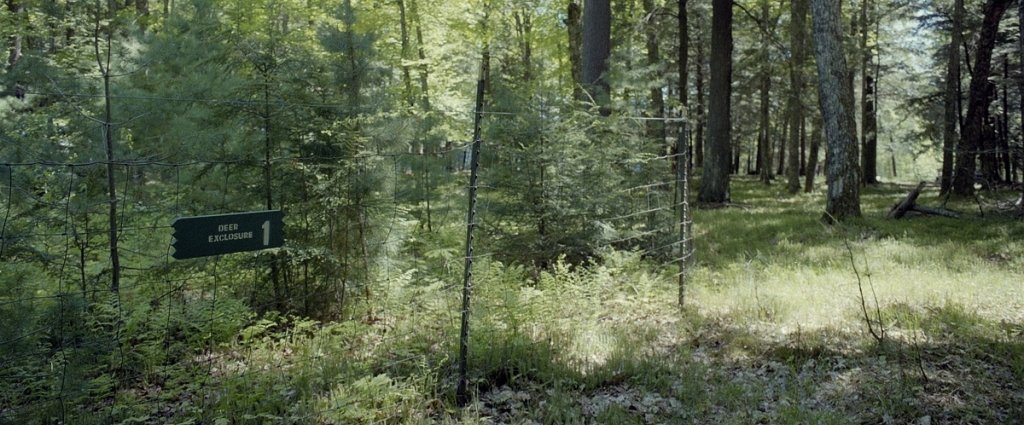

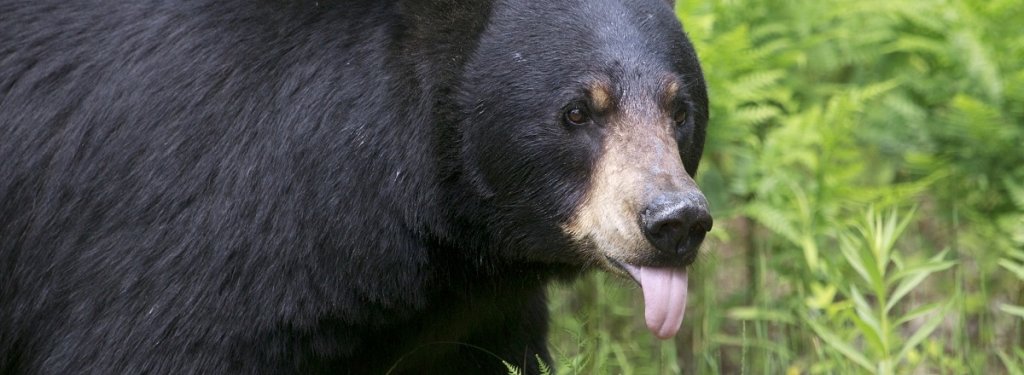
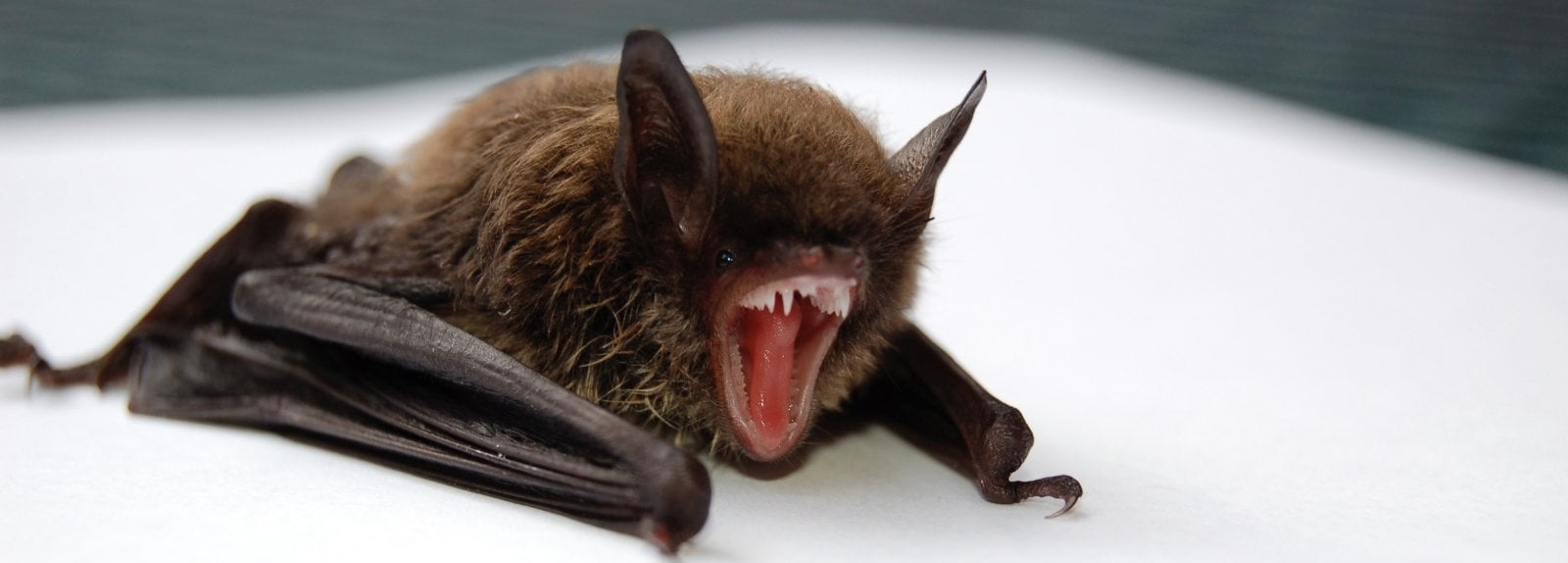
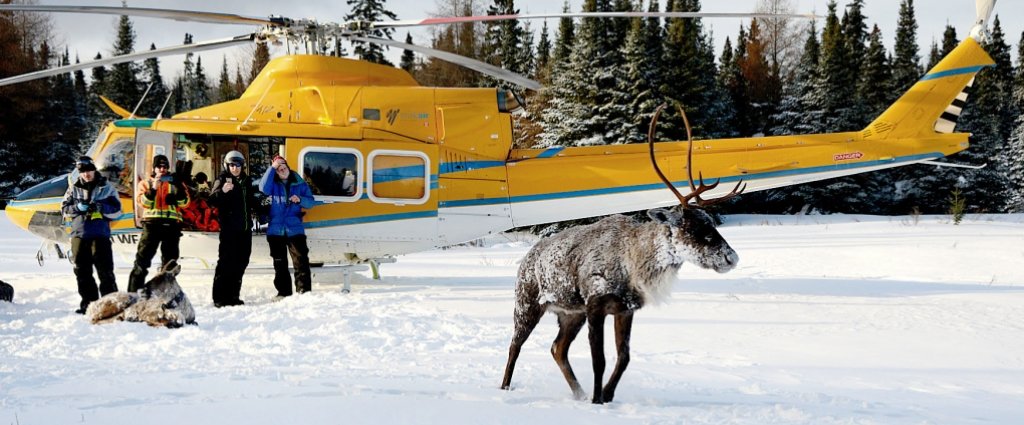
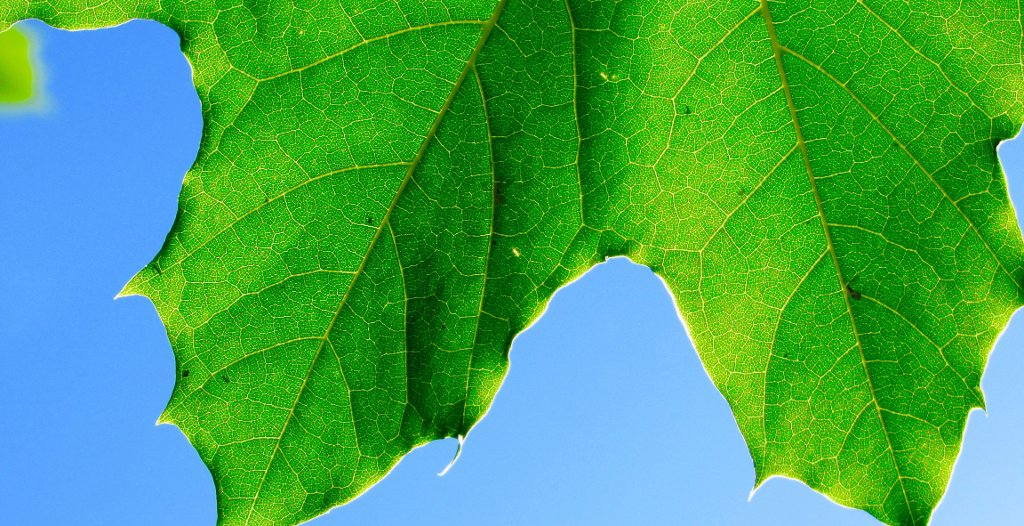
Comments